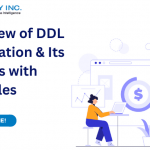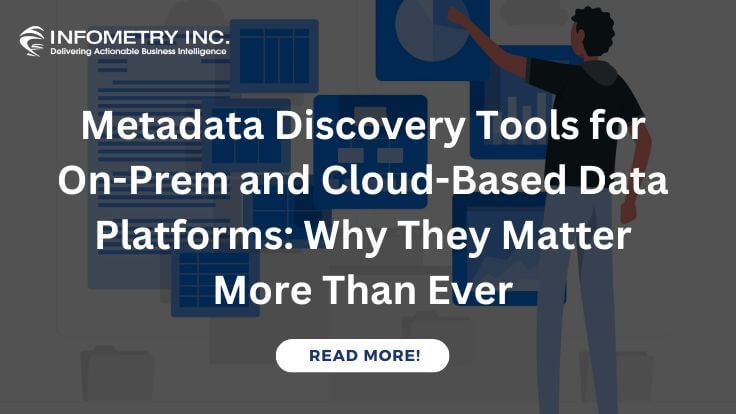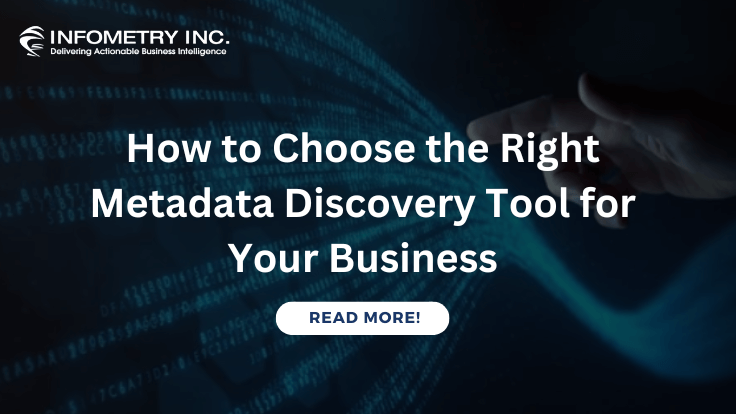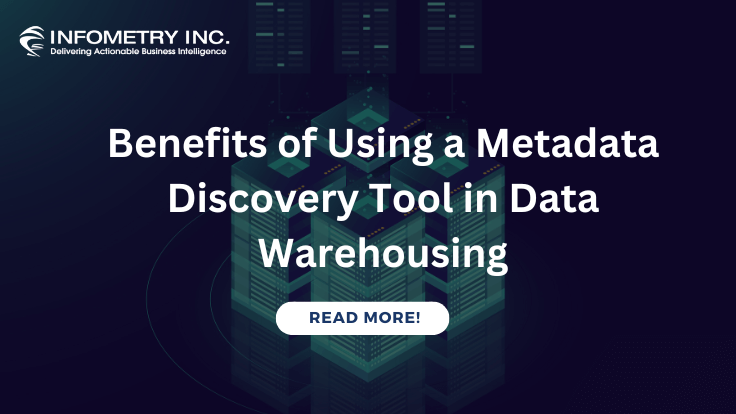
PowerCenter and Data Quality: How to Improve Data Accuracy and Consistency?
April 12, 2023
Overview of DDL Automation & Its Process with Examples
April 14, 2023
Salesforce has touted the expected user experience from switching to the Lightning Experience. However, just switching doesn’t guarantee an optimized Salesforce CRM Strategy and user experience.
Before learning some quick tips and tricks to switch to Salesforce Lightning, first, let’s understand the basics.
What is Salesforce Lightning?
Salesforce Lightning is a component-based framework for developing custom user interfaces and applications for the Salesforce platform. It was introduced in 2014 as a modern and responsive user interface and has since evolved into a complete development framework. With Salesforce Lightning, developers can create custom applications using a set of pre-built components that can be assembled into pages and apps. These components are built using standard web technologies like CSS, HTML, and JavaScript and are optimized for mobile and desktop devices. Salesforce Lightning provides a consistent user experience across all devices and platforms, making it easy for users to access and interact with their data. It also includes various features to help developers build apps quickly, including an intuitive drag-and-drop interface, templates, and reusable components. Overall, Salesforce Lightning is a powerful and flexible framework that enables developers to create custom applications that meet the unique needs of their organizations.Who Is Salesforce Lightning Designed For?
Salesforce Lightning is designed for many users, including developers, administrators, business analysts, and end-users. Developers can use Salesforce Lightning to build custom applications, components, and integrations on the Salesforce platform. They can leverage the Lightning Component Framework to create reusable components and templates and use the Salesforce Lightning Design System to ensure consistency and usability across their applications. Administrators can use Salesforce Lightning to customize the Salesforce user interface and create custom pages, fields, and workflows without requiring any coding knowledge. They can also use the Lightning App Builder to create and customize applications for specific user groups. Business analysts can use Salesforce Lightning to build custom reports and dashboards to collect insights into their data. They can also use the Lightning Experience to access and update records quickly, collaborate with colleagues, and manage tasks. End-users can benefit from Salesforce Lightning’s modern and intuitive interface, which provides a seamless user experience across devices. They can easily navigate and interact with their data, collaborate with colleagues, and access the tools they need to be productive.Salesforce Classic vs. Salesforce Lightning: What are the Benefits of Migrating?
Salesforce Classic and Salesforce Lightning are different user interfaces for the Salesforce platform. While Salesforce Classic has been around for many years and is still widely used, Salesforce Lightning is the newer, more modern interface that offers many benefits. Here are some of the advantages of migrating from Salesforce Classic to Salesforce Lightning:Improved User Experience
Salesforce Lightning provides a more modern and intuitive user interface designed to be faster and more efficient than Salesforce Classic. The interface is responsive, so it works well on both desktop and mobile devices. Lightning also has a more streamlined navigation system that makes it easier for users to find the information they need.Enhanced Productivity
Salesforce Lightning includes various features that can help users be more productive, such as customizable dashboards, Kanban boards, and enhanced list views. It also has features like inline editing, making updating records easier without leaving the page.Better Collaboration
Salesforce Lightning includes features that make it easier for users to collaborate, such as Chatter, which allows users to share information and communicate in real time. Lightning also provides collaboration tools, such as mentioning users in posts, sharing files, etc.Advanced Reporting and Analytics
Salesforce Lightning includes various reporting and analytics tools that make gaining insights into your data more accessible. The platform consists of customizable dashboards, advanced reporting features, and the ability to create and share reports with others.Future-Proofing
As Salesforce continues to invest in Salesforce Lightning, more and more features will likely be added to the platform. By migrating to Salesforce Lightning, you can future-proof your organization and ensure you take advantage of the latest features and capabilities. Overall, Salesforce Lightning is a powerful tool that can help enterprises streamline their business processes and boost productivity. Therefore, in the current scenario, the salesforce lightning user tips are on the minds of everyone. Moreover, it helps support the business processes of customers. Furthermore, there are several quick wins, many options for configurations and features that can be used to design the best lightning solutions. Here are ten quick tips for the salesforce lightning experience. Going through the tips given below will make you understand how salesforce development companies use these tips to faster business operations.Tips & Tricks to Optimize Your User Experience with Salesforce Lightning
Customize the Home Page
The home page in Salesforce Lightning is highly customizable. You can add, remove or rearrange components to suit your needs. This includes recent items, tasks, dashboards, and more.Use Dashboards
Dashboards are a great way to visualize your data and gain insights quickly. You can customize your dashboard to show the most critical data to you and your team.Utilize Keyboard Shortcuts
Salesforce Lightning includes a variety of keyboard shortcuts that can save a lot of time and increase productivity. For example, you can use Ctrl + Shift + C to create a new record.Take Advantage of Favorites
Use the Favorites feature to quickly access the records, reports, and dashboards you use most often.Customize Your List Views
List views allow you to filter and sort data quickly to find the necessary information. Customize your list views to include only the fields that are most relevant to you.Use the Kanban View
The Kanban view is a great way to visualize your data more visually and interactively. It allows you to move records between columns as they progress through a process.Enable Features
Salesforce Lightning includes various features to help you work more efficiently. Make sure you take advantage of these features and enable them as needed.Leverage AppExchange
AppExchange is an online marketplace where you can find third-party apps and tools to enhance your Salesforce experience. You can find everything from productivity tools to marketing automation apps.Utilize Mobile App
Salesforce Lightning also has a mobile app that allows you to access your data and work on the go. Make sure you download the app and take advantage of its features.Attend Training and Webinars
Salesforce regularly hosts webinars and training sessions to help users get the most out of their platform. Attend these sessions to learn more about new features and best practices.Final Verdict
As with any tool in the tech stack, learning to optimize Salesforce for your day-to-day tasks takes time. These Salesforce Lightning tips help you speed up the process with fantastic out-of-the-box functionalities. If you are a user or an admin, leveraging the functionalities above will ensure increased productivity with a low setup effort.Related posts
April 24, 2025
April 14, 2025
April 10, 2025




